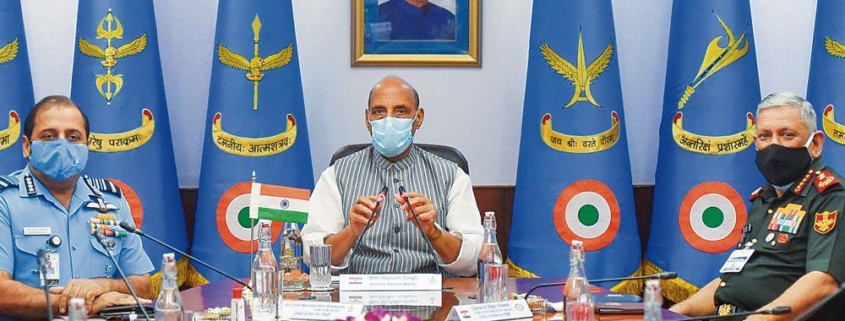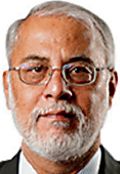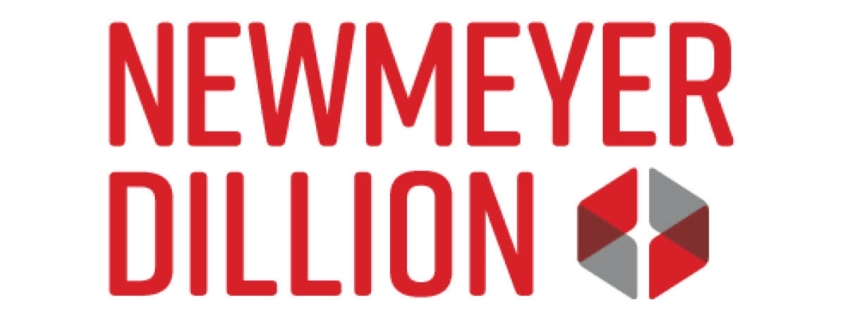A Force to reckon with : The Tribune India
Manoj Joshi
Distinguished Fellow, Observer Research Foundation
There is considerable alarm in India’s strategic community as to whether the moves towards restructuring the armed forces to create theatre commands have been sufficiently thought through. A great deal of it arises from concerns that the man chosen to lead the task in 2017, Chief of Defence Staff Gen Bipin Rawat, has never really had the intellectual heft to handle it. He proved this spectacularly last week in declaring at a seminar that the Indian Air Force was merely ‘a supporting arm to the armed forces, just as artillery support or the engineer support the combatant arms in the Army.’
In one sentence, he negated the advances in warfighting that have taken place since World War II, and raised huge question marks about the intellectual underpinnings of the process he and his team are planning to put the Indian military through.
It doesn’t take a genius to know that the next conventional war will, in all likelihood, be initiated by cyber attacks, followed by air strikes on the land and sea. To be successful, the Army, Navy and the Air Force will have to use the Indian variants of the American AirLand and AirSea battle doctrines. There will be no room for single service ego trips here; ignore the compulsions of fighting on an integrated war plan, and you lose the war.
The purpose of creating a theatre command is the need for a structure that can fight an integrated battle. This is not about ordering a platoon on parade to make a right or a left turn. It is about taking a million-and-a-half-strong, somewhat archaic, war machine and putting it through new paces. The danger is that bits and pieces of that machine may fall off, be forgotten, or be incapable of meeting the new demands.
The IAF has categorically made it clear that it has very different views from those expressed by General Rawat. These were put forward at the same seminar by Air Chief Marshal RKS Bhadauria. In such circumstances, it would be foolhardy for the military to undertake the leaps being envisaged.
Decisions taken without careful study could unbalance…




